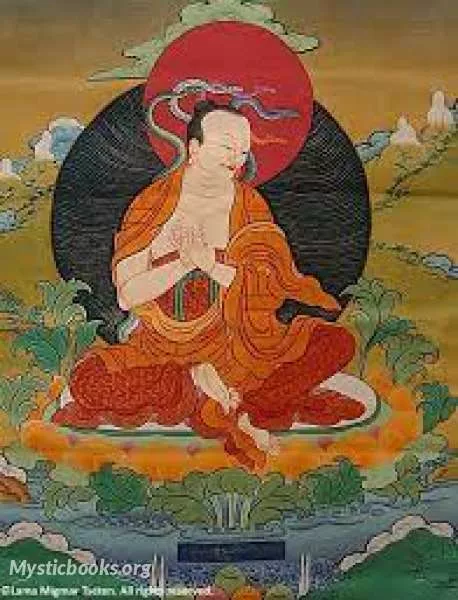
Timeline
Title
Country/Nationality
Nagarjuna
Nāgārjuna was an Indian Mahāyāna Buddhist thinker, scholar-saint and philosopher. He is widely considered as one of the most important Buddhist philosophers. Furthermore, according to Jan Westerhoff, he is also "one of the greatest thinkers in the history of Asian philosophy."
Nāgārjuna is widely considered to be the founder of the madhyamaka (centrism, middle-way) school of Buddhist philosophy and a defender of the Mahāyāna movement. His Mūlamadhyamakakārikā (Root Verses on Madhyamaka, MMK) is the most important text on the madhyamaka philosophy of emptiness. The MMK inspired a large number of commentaries in Sanskrit, Chinese, Tibetan, Korean and Japanese and continues to be studied today.
Very little is reliably known of the life of Nāgārjuna and modern historians do not agree on a specific date (1st to 3rd century CE) or place (multiple places in India suggested) for him.The earliest surviving accounts were written in Chinese and Tibetan centuries after his death and are mostly hagiographical accounts that are historically unverifiable.
Some scholars such as Joseph Walser argue that Nāgārjuna was an advisor to a king of the Sātavāhana dynasty which ruled the Deccan Plateau in the second century. This is supported by most of the traditional hagiographical sources as well. Archaeological evidence at Amarāvatī indicates that if this is true, the king may have been Yajña Śrī Śātakarṇi (c. second half of the 2nd century). On the basis of this association, Nāgārjuna is conventionally placed at around 150–250 CE.
Walser thinks that it is most likely that when Nāgārjuna wrote the Ratnavali, he lived in a mixed monastery (with Mahāyānists and non-Mahāyānists) in which Mahāyānists were the minority. The most likely sectarian affiliation of the monastery according to Walser was Purvasailya, Aparasailya, or Caityaka (which were Mahāsāṃghika sub-schools).
He also argues that "it is plausible that he wrote the Ratnavali within a thirty-year period at the end of the second century in the Andhra region around Dhanyakataka (modern-day Amaravati)."
Books by Nagarjuna

The Tree of Wisdom
The She-rab Dong-bu (Tree of Wisdom) is a metrical translation in Tibetan of a Sanscrit ethical work entitled Prajnya Danda, written by Nagarjuna who flourished in the fourth century of the Buddhist era (about 100 B.C.), The Tibetan version was proba...

She-rab Dong-bu (The Tree of Wisdom)
The She-rab Dong-bu (Tree of Wisdom) is a metrical translation in Tibetan of a Sanscrit ethical work entitled Prajnya Danda, written by Nagarjuna who flourished in the fourth century of the Buddhist era (about 100 B.C.), The Tibetan version was proba...